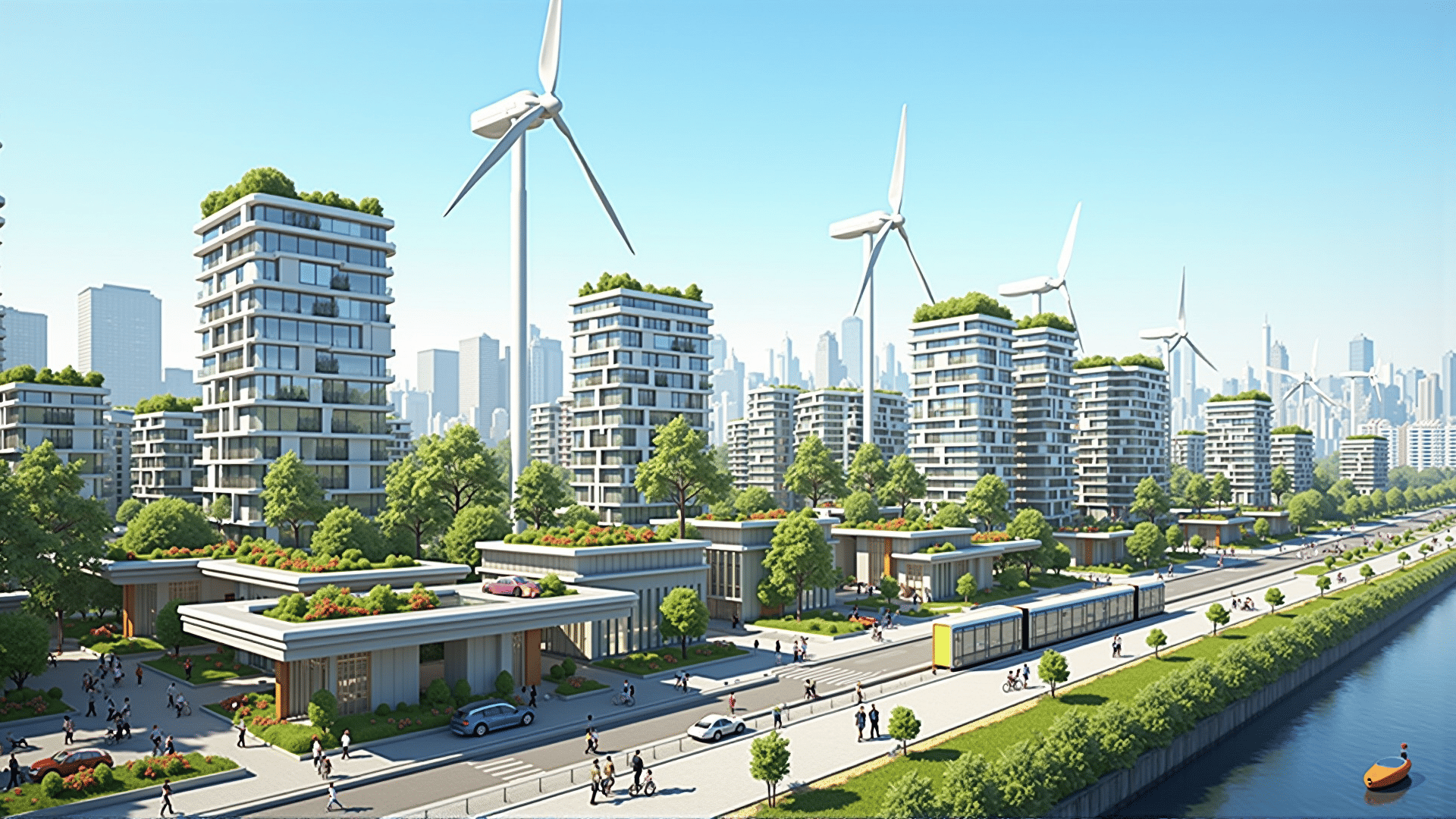Urban areas have long been synonymous with high energy consumption and significant carbon footprints. However, recent innovations in sustainable energy are paving the way for a revolution in how cities power themselves, aiming to create greener, more self-sufficient urban environments. These advancements are not only crucial in addressing climate change but also offer a blueprint for sustainable living in the densely populated areas of the future.
One of the most promising developments is the integration of solar technologies into urban infrastructure. Photovoltaic panels are becoming a common sight on rooftops, but the evolution of solar technology has led to even more innovative applications. For instance, photovoltaic glass allows buildings to generate electricity by integrating solar cells into windows without compromising aesthetics or transparency. This technology transforms skyscrapers into vertical power plants, maximizing energy production in space-limited urban environments.
In addition to solar energy, wind power is making its mark within cityscapes. Traditional wind turbines require significant space and are usually relegated to rural areas, but vertical-axis wind turbines offer a viable solution for cities. These compact devices can be installed on rooftops or in public spaces, capturing wind energy from any direction and providing a continuous source of renewable power that complements existing energy infrastructures.
Another crucial development in urban energy sustainability is the adoption of microgrids. Unlike the traditional centralized energy grid, microgrids are localized systems that can operate independently, significantly enhancing energy resilience and reliability. They often utilize renewable sources, like solar or wind, along with energy storage solutions to provide clean, stable, and independent power. Cities around the world are beginning to implement microgrids to ensure energy security and to enable faster recovery times following power outages.
Energy storage is another critical component in managing and utilizing sustainable energy efficiently. Advances in battery technology are helping cities overcome one of the biggest challenges of renewable energy sources—their intermittent nature. Innovations like larger-capacity lithium-ion batteries, solid-state batteries, and even green hydrogen storage allow for the capture and release of energy as needed, ensuring a stable and reliable energy supply regardless of weather conditions or time of day.
Sustainable urban energy systems also increasingly depend on smart technology. Smart grids and meters are revolutionizing how energy is consumed and distributed. By using real-time data, these systems can efficiently manage energy loads and reduce waste, optimizing energy distribution and consumption within urban environments. Moreover, integrating artificial intelligence and machine learning helps predict energy demands and optimize generation and storage accordingly.
Urban areas are also exploring the potential of electric vehicles (EVs) as mobile energy storage units. Vehicle-to-grid (V2G) technology enables EVs to communicate with the power grid, providing electricity back during peak demand times. This not only aids in stabilizing the grid but also incentivizes EV adoption as consumers can receive financial benefits for energy feedback.
Moreover, cities are fostering green spaces that are more than just recreational areas; they are becoming parts of the urban energy infrastructure. Innovative designs incorporate solar-powered streetlights, energy-generating play equipment, and kinetic pavements that convert footsteps into usable electricity, demonstrating how every aspect of city life can contribute to the energy grid.
In conclusion, the transformation of urban areas into hubs of sustainable energy is a complex but achievable goal, aided by technological innovations in solar, wind, microgrids, storage, and smart systems. As these technologies continue to develop and integrate, cities are not just reducing their carbon footprint but are setting new standards for sustainable development, ensuring that urban environments are prepared for a greener future. This metamorphosis lays the groundwork for a world where urbanization and environmental stewardship go hand in hand, realizing the potential of cities not only as centers of human activity but also as examples of sustainable innovation.
